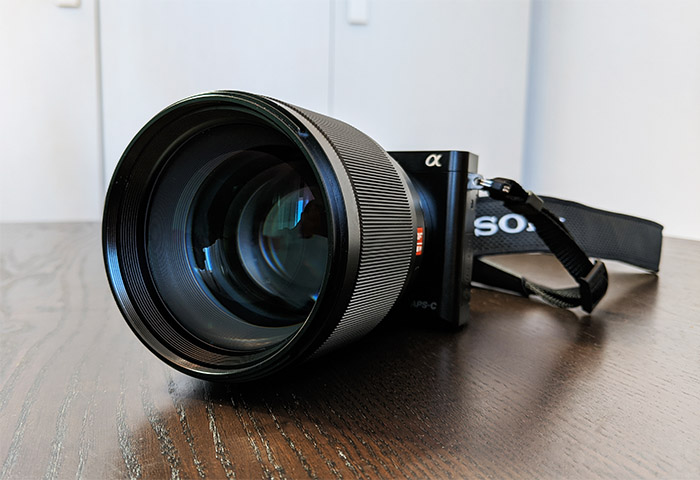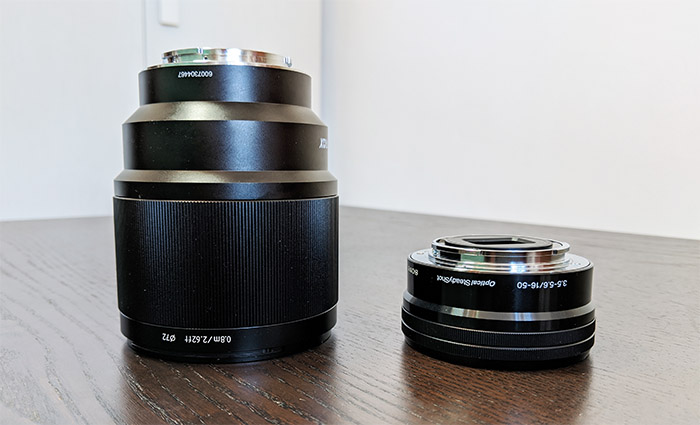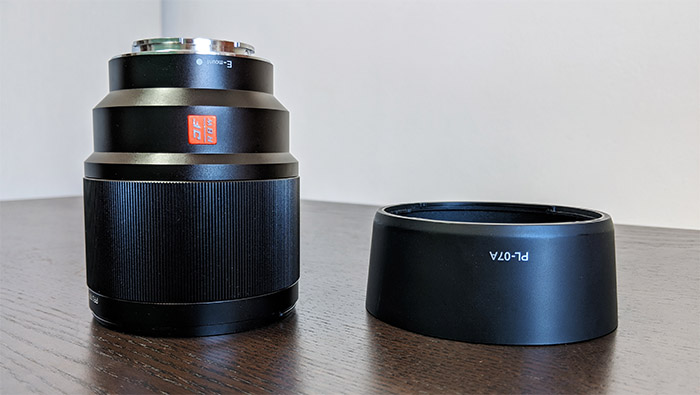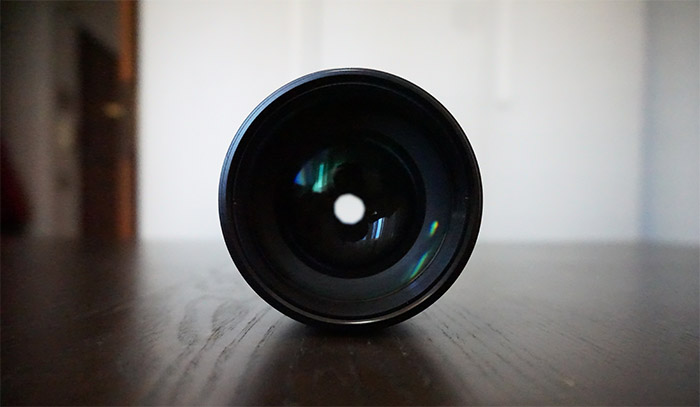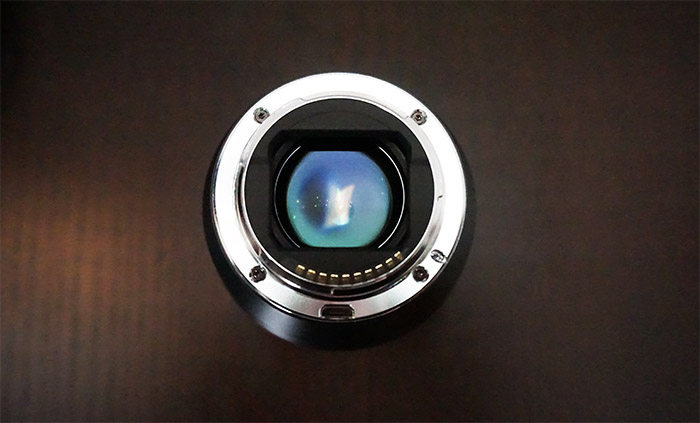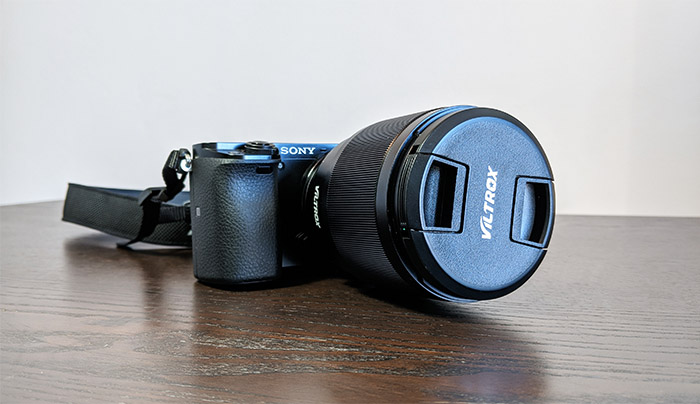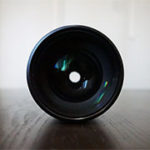It’s been close to a year since Viltrox decided to enter the lens market with its first 85mm 1.8 lens and challenge some of the already established proprietary solutions, but can a third-party product really match (or even outperform) the performance of the more expensive brand lens such as the Sony 85mm FE 1.8 (or the 1.8 GM)?
| Viltrox 85mm f1.8 | |
|---|---|
| Pergear.com | Check the Product |
If about a year ago, the skepticism was expected and perfectly reasonable, Viltrox was very serious about making a name in the lens market, so it has continuously released updates to address any issue that was discovered by the community and, currently, it’s a surprisingly well-balanced lens, especially considering its price point. The reason why I chose the Sony lens as its main competitor is because of the E-Mount compatibility which means that the Viltrox 85mm f1.8 STM can be used with pretty much the entire Sony Alpha mirrorless cameras series, but it’s also worth noting that the manufacturer has also made available an X-mount variant that seems to be going against the Fujinon 90mm F2.
Some say there is a lack of third-party 85mm lenses on the market, while others are vehemently against using anything else than brand lenses, but it does seem like Viltrox has successfully reverse engineered the communication protocol (the autofocus system) so, despite being a newcomer, if it can actually rise up to the expectations, while also keeping the price at an affordable level, then it can definitely steal the show.
Note: Viltrox has also made available the PFU RBMH 20mm F1.8 ASPH E-mount lens and the less expensive manual focus model PFU RBMH 85mm F1.8 (also E-mount).
Design and Build Quality
After taking the Viltrox lens out of the package (which, by the way, it makes for a nice unboxing experience), it became immediately obvious that this is not just another budget device and instead, it doesn’t feel out of place next to a Sony GM or even a Zeiss lens. The device is fully made of metal (brass) and glass, a design approach that seems to be getting more and more popular with third-party lens manufacturers (and I completely welcome this trend); furthermore, the metallic body is covered by a semi-gloss black satin finish to further enhances the premium feel of the lens. When put next to the manual Viltrox PFU RBMH 85mm, the STM variant does looks a bit simpler (there is a better flow to the size of the cylinders), but the focus ring does seem in the same spot, although a lot more prominent on the STM lens.
Specifically, the focus barrel is significantly larger and it’s completely ribbed which, when coupled to the width of the ring, it does offer a very nice grip. Moving the ring is quite satisfactory and, while it does offer a smooth rotation, it’s also a bit damped, so it does require a small amount of force to overcome the resistance, especially considering that the focus throw is also a bit long, reaching up to 300 degrees – even so, when using it in manual focus, I could quickly get the right amount focus on the subject (due to the stepper motor) and I was actually impressed by its smoothness, despite having implemented a focus-by-wire system. Other than that, it’s worth noting that there are no distance markings on the body of the lens, except for the type of the device and the maximum focal length, which is rated at 0.8m/2.62 feet and there’s also a small red plate that has written DF (Digital Fullframe) and RBF (Real Beam Waveguide).
This means that the Viltrox lens are suitable for mirrorless digital full-frame cameras (from Sony, of course), but it will also work with APS-C cameras and that the lens have the Real Beam Waveguide coating (apparently a consequence of the nanotechnology) which should do great against flares – the front element is also fouling and water resistant. Besides the focus ring, Viltrox didn’t add an aperture ring, but you can change it using the camera controls (from F1.8 to F16) and I know that there have been some complaints about the noise that it made, but, with the latest firmware (at the time of the writing, it is v1.0.15), I would go as far as to say that it’s gotten quieter than a Sony GM lens.
Viltrox says that the lens has an optical design of 10 elements, 7 groups and a single extra-low dispersion element and, as a comparison, the Sony 85mm FE’s optical construction consists of nine elements, eight groups and one extra-low dispersion element and it’s worth noting that it also features a 9-blade circular aperture for the round unfocused bokeh, the same as the Viltrox 85mm STM.
The construction is sound and the only possible downside can be considered the weight which is quite substantial when compared to some of its competitors. That being said, at about 1.4 lb, the Viltrox 85mm SMT is actually a bit lighter than the manual-focus Viltrox 85mm variant, but it’s still a lot heavier than Sony 85mm FE (0.81 lb, so it has half the weight), the Samyang 85mm 1.4 (at 1.13 lb) or the Tamron 28-75 (at 1.21 lb, so not by much). This does mean that the lens is very front heavy and I could definitely feel its front pull when it was attached to a Sony A6000 (which weighs only about 1.03 lb) – carrying the camera in one hand was fine, but around the neck, it was slightly uncomfortable after a while. As for the size, the Viltrox 85mm STM lens has a filter diameter of roughly 72mm / 2.83in (78mm / 3.07in including the metallic part) it’s 3.93 inches long (10cm) and considering that the focus is done internally, the length of the lens does not change.
On the rear side of the lens, within the steel surface mounted with screws and next to the connectors for the E-mount, Viltrox has added a micro-USB port where you can attach a cable and connect the device to a computer in order to update the firmware – simply download it and place it into the folder, but be aware that not all USB cables seem to work, so you may have to go through a few before finding the compatible one. There is also a plastic hood that comes attached backwards on the front of the lens (for an easy storage) and I know that some people didn’t really like it so, after I removed it from the lens, I could clearly see that it’s just not really that well made. I mean, it’s definitely functional, but the problem is the attachment / detachment system which requires a lot of patience to get it right, otherwise, it won’t budge and it does feel like it may break at any moment.
Note: Inside the package, I got a carry pouch from Viltrox and, since I got the lens from Pergear.com, there was also an additional, better made pouch, as well as a cleaning cloth.
Features and Image Quality
I have to admit that the smartphones have gotten really good at capturing photos (mostly, the high-end ones) and I have been impressed by the night shots captured by a Pixel 2 XL, but even the most expensive flagships are still behind a cheaper camera body with a decent lens.
For this reason, I decided to use the classic Sony A6000 mirrorless camera body and replace its default lens (16-50mm, f3.5) with the affordable Viltrox 85mm f1.8 and I do consider this a winning combination even outside the professional environment since this type of lens will work great for shooting portraits, being able to compress the facial proportions of the subject (no long nose and bulging forehead that you can get with wider lenses), while also keeping the background smooth and minimal.
It’s a fact that the lens that come with the A6000 is a bit rubbish and if you don’t have the means of spending too much on some expensive lenses, the Viltrox can definitely save you some headaches, ensuring that the focus is always on the subject even when the background is not the best (gets that nice blurring effect due to the shallow depth of field) and most importantly, you don’t have to go in the person’s face, allowing for a healthy distance, especially when you’re a fresh photographer (and you’re venturing in the wedding photography) – this could also ensure some nice street photographs where people are more reluctant to being shot.
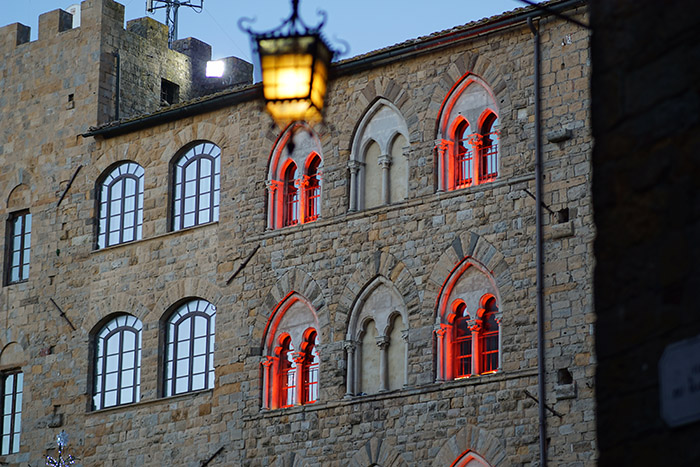

That being said, let’s first have a look at the auto-focus which seems to be one of the most important aspects of this lens. Well, despite not having at least a decade of development under its belt, it seems that Viltrox has pretty much nailed it with the auto-focus, but not from the beginning. Before, it did slow down in low-light and it even started hunting a bit since it couldn’t properly detect the depth of the objects, but after a few firmware updates, I think things have gotten a lot better – it was one of the weaker points of the lens.
To see it in action, I went into a nearby city for some street photos and in good light, the focus would quickly lock on the subject and it didn’t hunt at all even if I was taking a shot of a building near a landscape; I did enter a church for some indoor, low-light shots (ISO up to 3200) and again, the auto-focus was quick and precise, being on par with many native lenses (yes even the Sony 85mm GM).

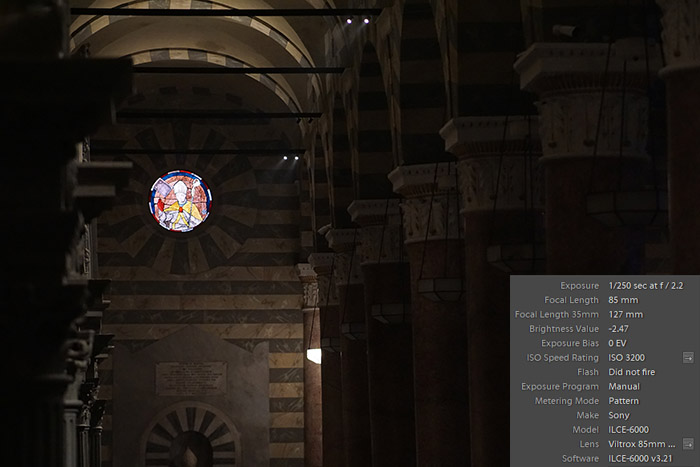
I also took some shots in my room when it was quite dark and the autofocus remained decently consistent with some rare hiccups (it would hunt for a second or two if it was really dark). While capturing a video, I was once again impressed by the auto-focus which was smooth enough and consistent, but it does require one to two seconds to focus when moving the camera rapidly (I could also factor in the age of the A6000, since it’s no spring chicken). It’s worth noting that the Viltrox lens can focus from a minimum distance of 2.62 feet (with a maximum magnification ratio of 0.125x) and even at this point, the image quality was sharp enough to account for a good photo; anything closer and the subject will get out of focus.
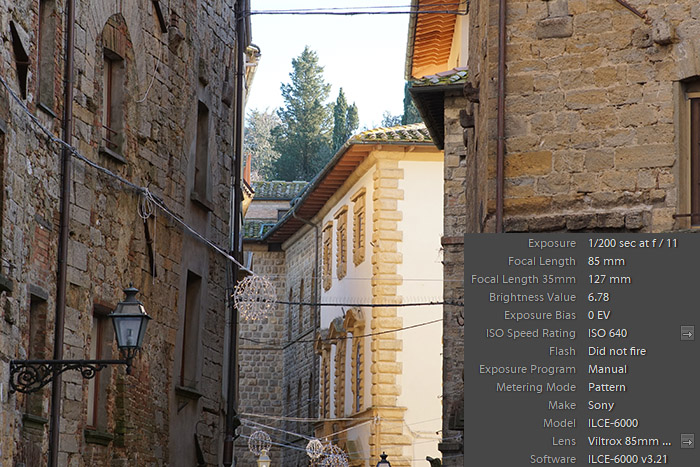
What I also noticed is that the images are very sharp at all apertures and, while it’s not perfect due to some very slight decentering especially at f1.8 aperture, it’s still within the acceptable range, so the sharpness gets even better at the edges going to f2.4 and further. The colors are mostly neutral and perhaps a bit towards the warm side, the contrast is also very good, so, overall, it’s almost identical to both Samyang 85mm 1.4 and Sony FE 85mm which is spectacular considering the price of the lens.
Furthermore, there is some vignetting at f1.8 which goes away after f2.8 (in my shots, since I rarely used 1.8 aperture, it’s pretty much non-existent), but, I have mostly shot architecture, so I was curious to see if there was some pincushion distortion. I know that some have experienced it, but I saw only very little distortion, depending on the background (streets of Italy aren’t really the straightest by design). If you’re shooting with a back light, you will see some chromatic aberrations (purple and green) especially if the aperture is wide open, but it’s easy to correct and it won’t be obvious unless you’re actually looking for it – I did notice that the phenomenon disappears almost completely after closing the aperture to about f5.0.
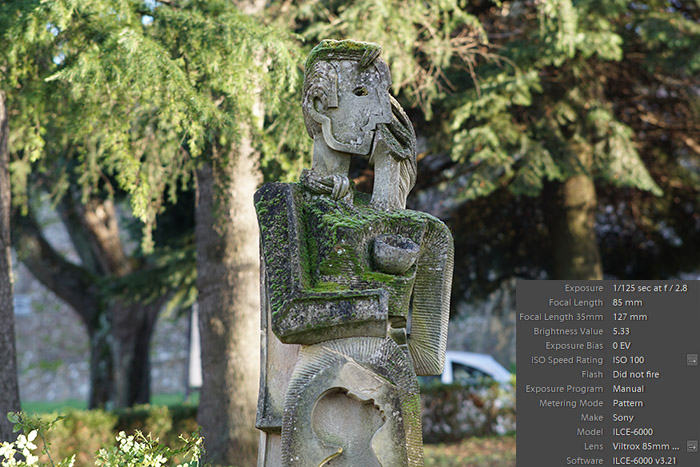
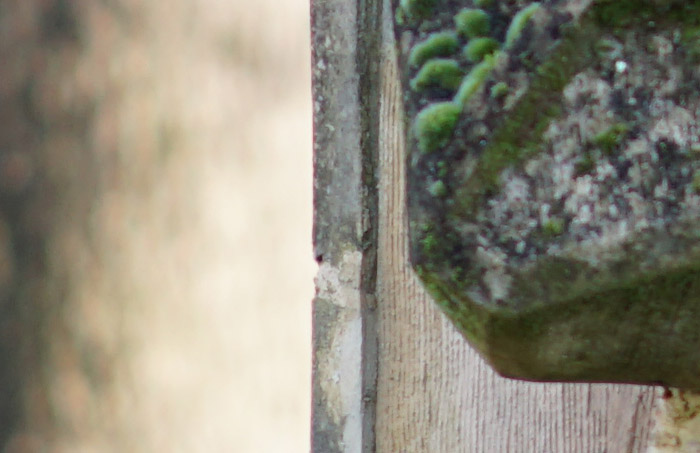
Flaring can become an issue if you don’t use the included hood and if you’re going for that starburst effect, then the Viltrox lens can achieve it, although it won’t be that great (you will need to use a smaller aperture opening to get some mildly decent shots).
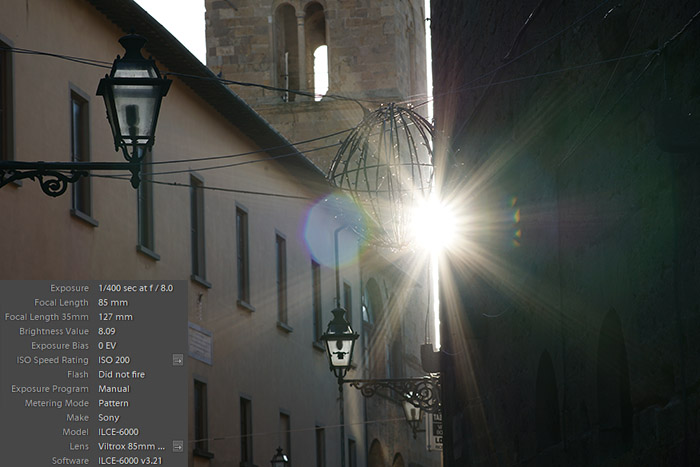
Moving on, another area where the Viltrox 85mm f1.8 shines is to create a smooth bokeh effect. The bokeh balls are excellent and nicely rounded at f1.8 (the photo was taken in a darker room and the lights come from the Christmas tree – it’s worth noting that the snowman is at minimum focus distance) and I saw that at f2.2, the light balls got closer to a nonagon which coincides with the nine blades of the aperture.


Apparently, the Sony 85mm f1.8 is more prone to the cat-eye bokeh effect, but I have not seen it with Viltrox, so that’s a bonus point for the latter. Moving on to the foreground bokeh, things remain very smooth, but, depending on the setting, it can get a bit busy, but it’s nothing serious and the lens’ performance is still a lot better than expected considering the price point.
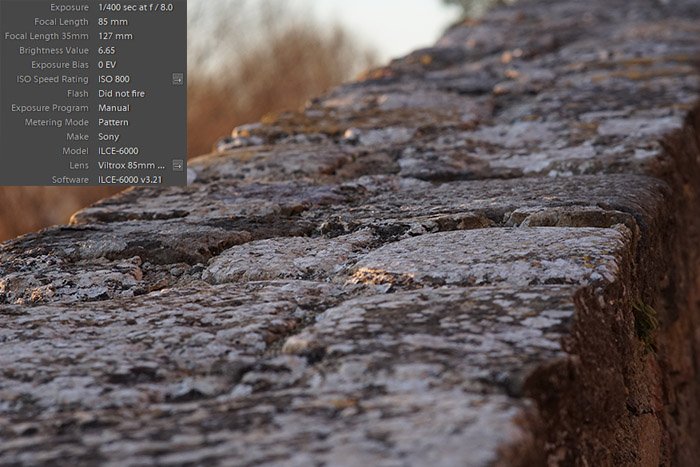
Note: I opened the photos in LightRoom and the detected profile was proprietary to Viltrox, so it’s no longer being detected as a Sony lens, which is a good thing due to some possible incompatibilities.
Conclusion
Viltrox has only recently entered the lens market and, a year later, all I can say is that they did a really great job, offering a performance that can rival both the Sony FE 85mm 1.8 (where it can outperform it in terms of autofocus in low-light conditions) and other, even more expensive lenses, such as the Samyang 85mm 1.4 (the image sharpness is almost equal). Of course, it’s not the perfect lens (none are), since it could do a bit better with the flares and, while the construction is fantastic (it’s built like a tank), the hood is not that great, but, overall, considering the smooth, quiet autofocus (the SMT implementation is again, really well done) and the creamy bokeh, this is a great device to take into consideration if you’re looking for an affordable and reliable lens for portraits. Let’s also not forget that the Viltrox 85mm F1.8 constantly receives updates, so it’s fair to assume that the lens is going to see even more improvements in the future.
Viltrox 85mm F1.8
-Pros
- The built quality is excellent
- Good autofocus + quiet STM motor
- Bokeh is excellent
- Sharpness is great at the center and good at the edges
- Has an USB port for firmware updates
Cons
- Quite heavy
- A bit of purple and green chromatic aberrations
- The hood could have been better
- No USB cable included and it can be a bit annoying to find a compatible one

Mark is a graduate in Computer Science, having gathered valuable experience over the years working in IT as a programmer. Mark is also the main tech writer for MBReviews.com, covering not only his passion, the networking devices, but also other cool electronic gadgets that you may find useful for your every day life.

